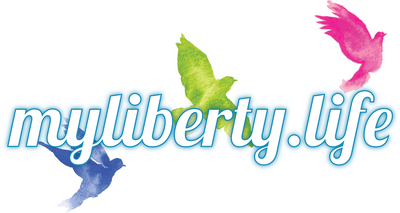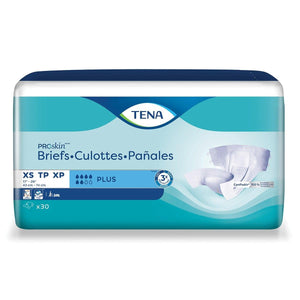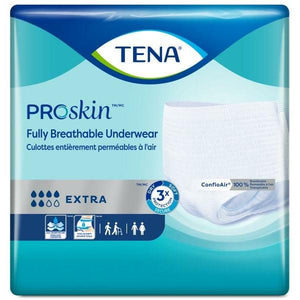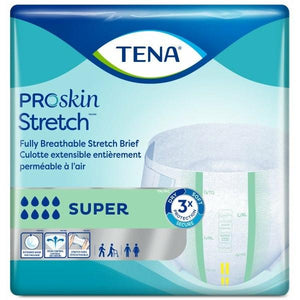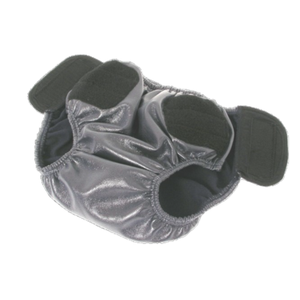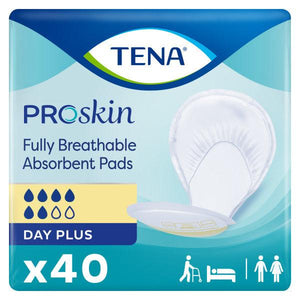Glossary of incontinence care terms
The vocabulary and terminology of incontinence, or the involuntary loss of bladder and or bowel function can be confusing. To help, we've put this glossary together for you.
To learn more or see examples, click on the links we've included.
Adult Diaper also known as an adult slip or brief
- A disposable garment for older children or adults that absorbs or contain bladder or bowel waste, without the use of a toilet, to prevent soiling of outer clothing or the external environment
Adult Brief or Slip also known as an adult diaper
- Manufacturers like Molicare or TENA refer to adult diapers as “slips” or “briefs”. Like adult diapers, they fasten securely with tabs and can be easily removed.
Bladder leakage: also known as LBL (light bladder leakage), bladder weakness or urinary incontinence
- It means a person has difficulty in controlling the bladder. This can result in an involuntary loss of urine.
Brief or Slip also known as an adult diaper
- Manufacturers like Molicare or TENA refer to adult diapers as “slips” or “briefs”. Like adult diapers, they fasten securely with tabs and can be easily removed
- Briefs are specially designed to protect against incontinence. Briefs for men, and briefs for women, are ideal for providing care for a loved one.
- Incontinence briefs provide higher absorbency than protective, disposable underwear
- Some briefs have stretchy sides to accommodate users as they move or are seated
- Briefs have single or double sticky-tab fasteners
- Enuresis (also known as bedwetting) is the involuntary loss of urine in bed. When it occurs during sleep at night it is referred to as nocturnal enuresis.
Fecal incontinence
- This type of incontinence is the involuntary passage of feces.
Functional incontinence
- This is an inability to reach the bathroom in time because of the difficulties caused by physical or mental impairment.
- These are incontinence pads designed specifically for men. TENA ®guards are cup-shaped to follow the contours of the male body for a snug and secure fit. An adhesive strip secures them in place. They should be worn with brief-style men’s underwear. Best for light to moderate male incontinence.
- The involuntary loss of bladder and/or bowel function.
- The involuntary loss of bladder / bowel control. It is a problem that affects millions.
Menopause
- The period that marks the permanent cessation of menstrual activity.
Micturition
- The act of urinating (voiding or passing urine).
Mixed incontinence
- Quite literally, this is mixed symptoms. Usually it’s a combination of stress incontinence (see below) and urge incontinence (see below). If you happen to have both types, there’s usually one that causes more of a problem than the other. If that’s the case with you, focus on dealing with the most frequent symptom first.
Neurological bladder disorders
- Damage to the nerves as a result of illness can affect the way the brain and bladder communicate. This results in an inability to control the bladder or empty it completely.
Overflow incontinence
- This is a constant or episodic flow of urine, usually caused by an obstruction or nerve damage. Overflow urinary incontinence occurs when the bladder cannot empty completely, and then gets filled with residual urine.
Pad & Pants system
- 2-piece incontinence pad-and-pant-system products are designed to be worn together. The pads provide a more discreet, body-close fit when worn with TENA , Molicare incontinence pants, which are reusable and disposable. They’re for medium-to-heavy incontinence protection.
- Designed for very light to heavy bladder leakage and female incontinence needs. Most pads are individually wrapped and have an adhesive strip to wear with regular underwear.
- Also called liners, these are the smallest and thinnest type of pad available. Incontinence liners are designed for very light bladder leakage protection, and everyday freshness.
Pelvic floor exercises
- They are exercises involving contraction and relaxation of the Pelvic floor muscles. They’re aimed at strengthening the muscles and enabling increased urethral closure pressure.
Pelvic muscles
- The Pelvic floor muscles form a broad sling between your legs, from the pubic bone in front to the base of your spine at the back. To be able to keep continent we need support from the pelvic floor muscles. These important muscles assists in urinary and fecal continence.
Post-micturition dribble
- This is when the bladder (urethra) doesn’t empty completely and continues to leak after urinating. This is also common with weakened pelvic floor muscles.
Prostate
- A gland in men that is located at the base of the bladder and surrounds the urethra. It produces a fluid at ejaculation. Sometimes in older men, the gland grows larger and obstructs the urine tube. A symptom of this is a poor stream of urine.
Stress incontinence
- Incontinence that occurs with a sudden physical exertion such as coughing, sneezing, laughing, exercise or heavy lifting. It usually only involves small amounts of urine and is generally connected to a weakening of the pelvic floor muscles.
Ultra thins
- TENA®Ultra Thin pads are specially designed for discretion. They have a thinner profile yet can provide the same amount of protection as regular incontinence pads.
- Underpads, sometimes called bed pads, are large absorbent pads. They are designed to protect the surfaces where you might sit or lie down, such as beds, chairs and furniture. Disposable underpads come in a variety of sizes and styles. Peapods are washable versions.
- We use the word underwear to mean incontinence underwear for men and women. Underwear products are designed to pull on and off and worn like regular underwear. They provide moderate-to-heavy incontinence protection. They are available in disposable and washable versions.
Urge incontinence
- Also known as an overactive bladder with urine leakage, this is the most common type for men. You experience a sudden urge to urinate and the bladder involuntarily expels urine. The urgency feeling can make it hard to make it to the toilet in time it can result in small frequent losses between micturition’s or complete bladder emptying. Different factors can cause this like e.g. enlarged prostate, urinary tract infection, consumption of coffee or energy drinks, bladder stones, fragile post-menopausal mucous, gynecological conditions such as prolapse or ovarian tumor, and constipation.
Urinary Tract Infection (UTI)
- Urinary Tract Infections are caused by bacteria getting into the urinary tract. A lower urinary tract infection is located in the urethra and bladder. If left untreated it can spread through the ureters to one or both kidneys. This type of infection is known as an Upper UTI.
Incontinence wipes and washcloths are specially sized for adults. They are used to gently clean and soothe the skin. They are larger and available in fragrance-free options.
